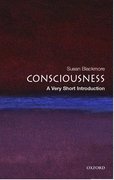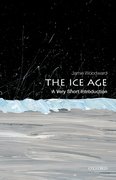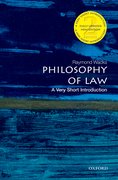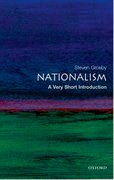A question of consciousness
By Susan Blackmore
The problem of consciousness is real, deep and confronts us any time we care to look. Ask yourself this question ‘Am I conscious now?’ and you will reply ‘Yes’. Then, I suggest, you are lured into delusion – the delusion that you are conscious all the time, even when you are not asking about it.









